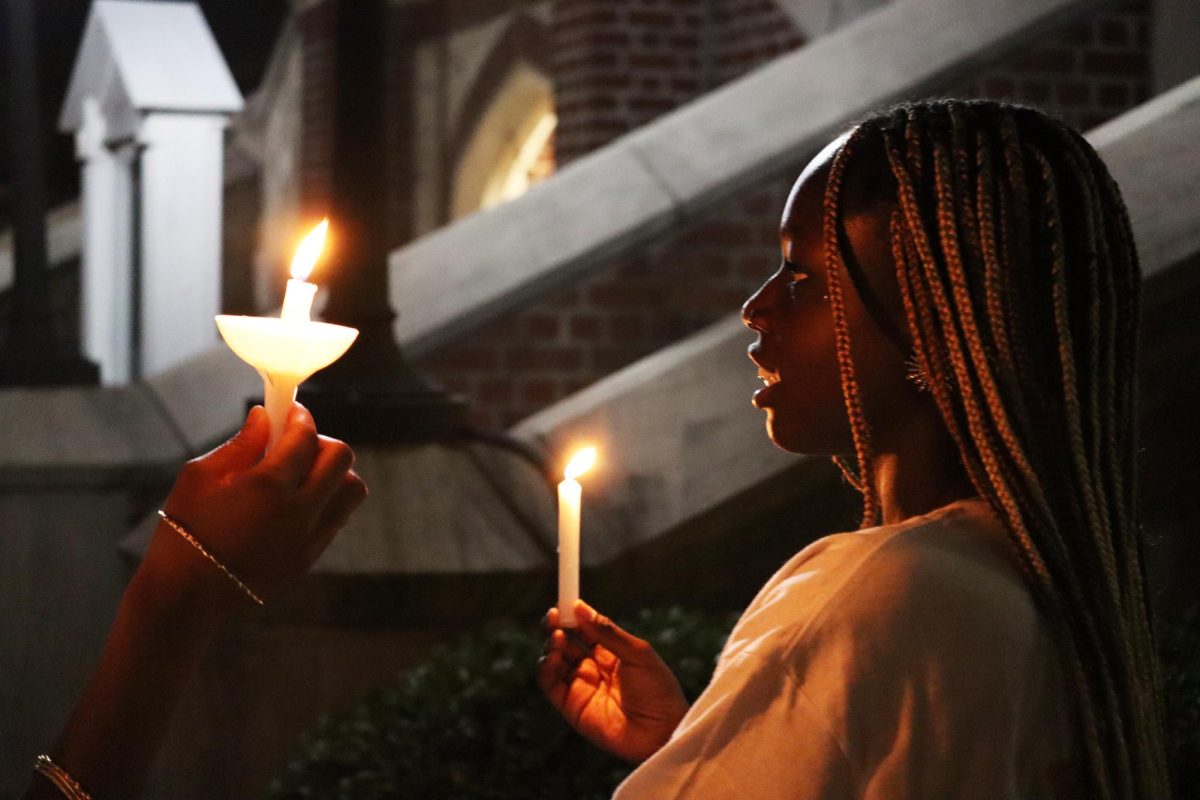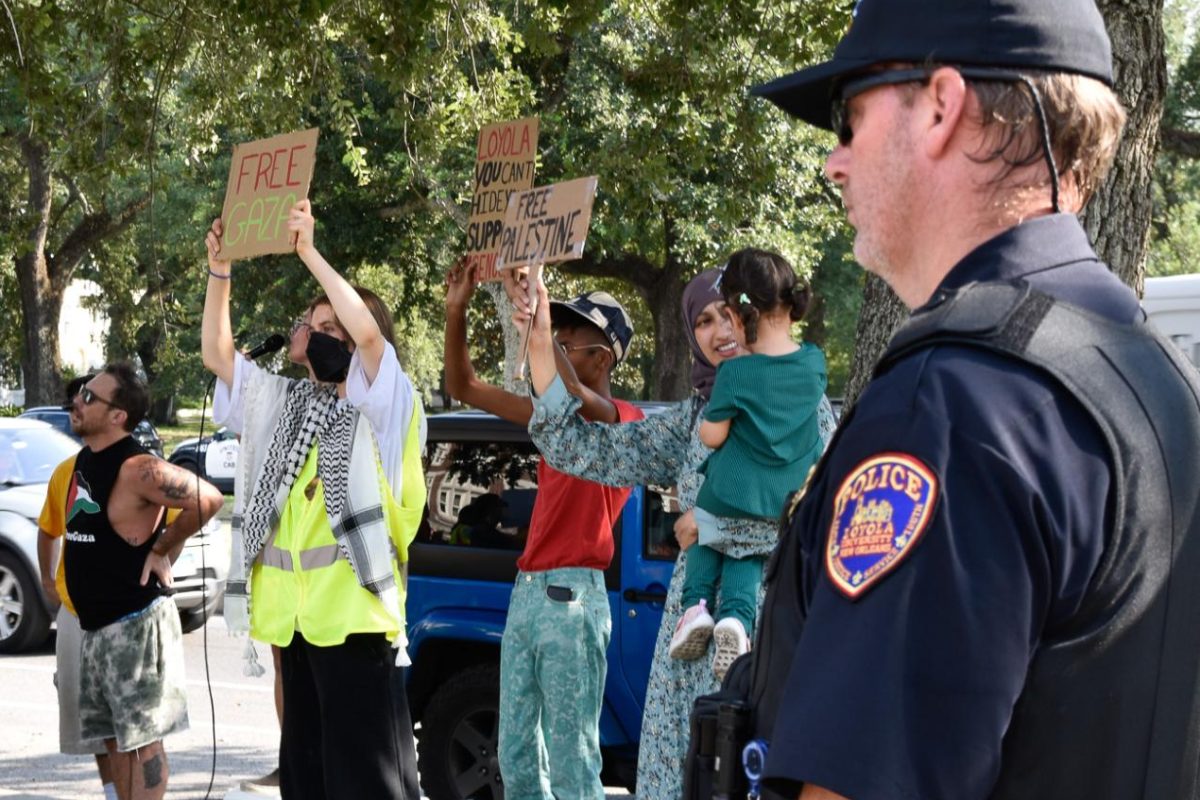Most people want a salary cap in Major League Baseball. The argument is that a salary cap promotes competitive balance, like in the NFL.
I am a small-market fan of the Pittsburgh Pirates, who won three straight division titles in the early ’90s.
The team had power-hitting third baseman, Bobby Bonilla, cast-off centerfielder Andy Van Slyke and two-time MVP winner, Barry Bonds.
Most of the Pirate nucleus needed contract extensions around 1992. The team only had enough money to sign one of them. They signed the popular Van Slyke instead of Bonds, and Bonilla made a fool out of himself with the disastrous 1992 New York Mets.
The lack of a salary cap had nothing to do with this decision. The Pirates were unwilling to pay Bonds or any player the $10 million a year that he deserved on the open market.
For the past 12 years, the Pirates have not made the playoffs. They came close in 1996 with young players and a 36-year-old Mexican League pitcher named Francisco Cordova.
The franchise has tried to improve. After the fire sale, owner Cam Bonifay implemented the first “Five Year Plan,” dismissing its Stalinist overtones.
This plan was the anti “Moneyball.” The Pirates tried to draft players who ran fast, threw well, fielded well, had power, and couldn’t hit. Their underpublicised “develop good pitchers and trade them away policy” was also implemented.
After 1996, a second “five-year plan” started. It had all the efficiency of Maoist China but none of the brutality.
The Pirates instituted three new pillars to their plan. The first was to sign cheap pitching from the Mexican leagues, Francisco Cordova and Ricardo Rincon.
The second idea was overpaying homegrown talent. Kevin Young, who had a career year in 1996, hitting 30 homers and stealing 30 bases, was signed for eight million dollars a year for six years. The next year, he got fat, stopped stealing bases, stopped playing defense and played his way to eventual paid unemployment.
The third part of the new plan was ripping off big-market teams for good prospects and then trading these prospects right before they beame stars. The Pirates did this with Brian Giles, Jason Schmidt and Jon Lieber.
Around 2000, the team was bought by Kevin McClatchy. He claimed that he was gong to bring Pittsburgh back to glory. He was going to bring in “high-priced marquee talent.”
He signed Derek Bell to a three-year, nine-million-dollar contract. Bell didn’t break the Mendoza line.
He was released, and these new plan conductors traded Schmidt for Armando Rios and Ryan Vogelsong.
Even if the Pirates had retained Bonds, they would not have been a playoff team after 1992. Their pitching staff, led by overrated Cy Young winner Doug Drabek, was aging.
Their players whose last named didn’t start with a “B” weren’t very good. Salary caps and revenue sharing would just give the Pirates more money to sign the Derek Bells of the world.
A badly run team can’t win in any condition.








